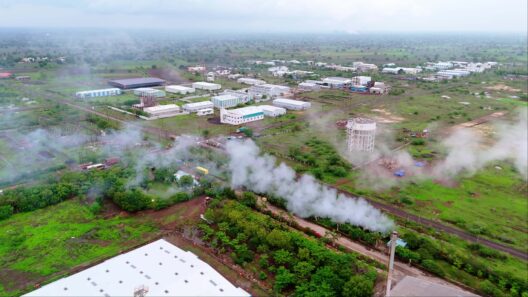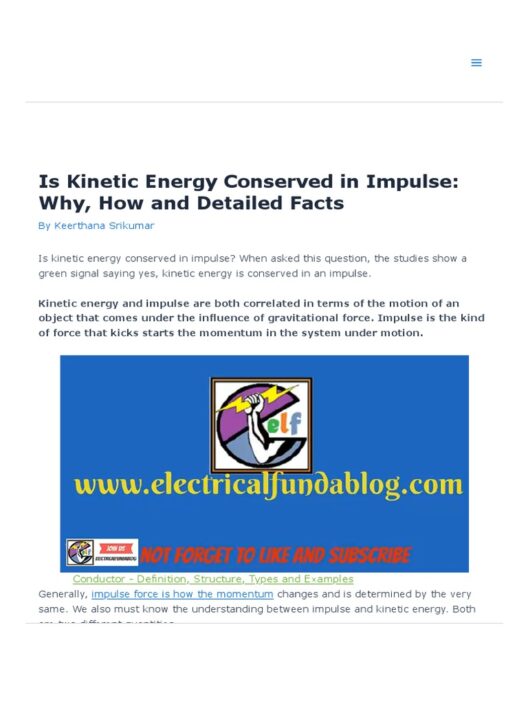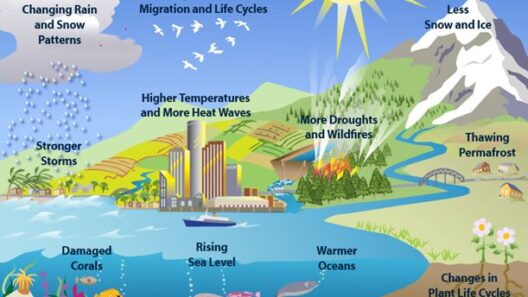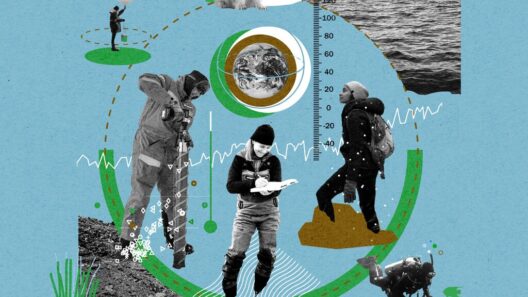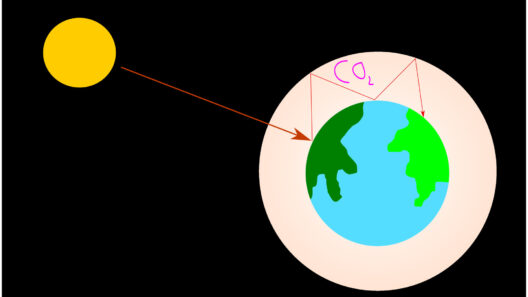Permafrost, that seemingly inert expanse of frozen soil, lies quietly beneath our feet, an unsuspected participant in the grand theater of climate change. For generations, this frozen terrain has been viewed merely as a curious geological phenomenon, a repository of ancient ecosystems and historical data locked in ice. However, recent studies unveil a disturbing truth: permafrost is a potent methane bomb, one whose potential consequences could destabilize our planet’s climate equilibrium. This narrative will delve into the clock ticking beneath the Arctic, the threat of released methane, and the urgent need for vigilance in the face of climate chaos.
As Earth warms under the relentless onslaught of global temperatures rising, permafrost begins to thaw. This unfurling of the frozen land is not merely a backdrop in the theater of climate change; it is a pivotal act. When temperature increases exceed a critical threshold, previously trapped carbon in the form of methane, a greenhouse gas far more effective at trapping heat than carbon dioxide, escapes into the atmosphere. The paradox lies in the fact that while permafrost had kept this gas confined for thousands of years, its thawing releases a hidden trove, a veritable time bomb of organic matter desperate to decompose.
The sheer volume of this methane is staggering. Scientists estimate that permafrost contains roughly 1,500 billion metric tons of carbon, much of it in frozen organic matter, ready to release its warm embrace of methane. In many ways, the Arctic region is a canary in the coal mine, a foreboding harbinger of unexpected repercussions unfolding globally. Methane emissions from thawing permafrost could open a veritable Pandora’s box, accelerating the pace of climate change beyond what many climate models currently predict.
This phenomenon is not merely an academic concern confined to the Arctic regions. Methane released from melting permafrost affects weather patterns, contributes to extreme weather events, and disrupts ecosystems that have existed for millennia. The intricate weave of life in tundra ecosystems faces profound disruption as changing climatic conditions unravel long-established relationships. Entire food webs tremble at the prospect of altered precipitation patterns and shifting habitats. The stark landscapes, once dominated by ice flora and fauna, may morph into unexpected ecosystems, potentially favoring invasive species ill-suited to the original environment.
The plight of indigenous communities residing in these thawing regions adds yet another layer of complexity. For centuries, these populations have thrived in harmony with the land. As the permafrost melts, their traditional ways of life face existential threats. House foundations anchored in the frost now shift with the earth’s new fluidity, necessitating costly adaptations and raising questions about their future. The socio-economic impact spills beyond local communities—their cultures, identities, and futures tethered to the stability of the permafrost, now fracturing before their eyes.
Moreover, the ramifications of permafrost thawing extend to global greenhouse gas concentrations. The surge in atmospheric methane could heighten the urgency for immediate action against climate change. Governments and organizations worldwide must reassess their strategies in light of this new risk factor, as the interconnectedness of our climate system becomes ever clearer. Waiting for evidence before instigating change is no longer a viable strategy; the sobering reality of permafrost methane must prompt decisive action and expedited research into mitigation strategies.
As nations grapple with conflicting interests—economic growth versus environmental sustainability—there is a need for multifaceted solutions. Policy frameworks should prioritize the stabilization of climate dynamics, promoting renewable energy and carbon-negative technologies. While tackling curbing emissions is paramount, preserving existing carbon sinks, including intact permafrost areas, is equally critical. Proactive measures can help avert the catastrophic outcomes associated with radical climate shifts.
The metaphor of the ticking clock rings true here, echoing through policy chambers and scientific laboratories alike. Each second lost is an opportunity squandered in our fight against climate change. Therefore, the global discourse surrounding permafrost must evolve from theoretical predictions to rigorous, actionable frameworks. International cooperation is vital, as the specter of rising methane transcends borders, demanding a unified global response.
Ultimately, the peril of permafrost is a clarion call for humanity. The narrative of climate change is far from linear; it is a dynamic, interconnected web of ecological and social threads that converge to trap us in a truly unprecedented crisis. Through education, advocacy, and robust scientific inquiry, humanity must take steps to turn the tide. We can no longer afford the luxury of complacency in the face of this looming threat. The time for action is now, as the realities of climate change unfurl before us like a vivid tapestry, fraught with both stark challenges and remarkable opportunities for renewal.
In embracing this challenge, we acknowledge our role as stewards of the Earth. The fate of the permafrost and its methane troves serves as both stark warning and pressing invitation. Let us wield knowledge, urgency, and collaboration to alleviate this climate crisis, safeguarding not just the permafrost, but the intricate web of life that depends on its frozen embrace. As we navigate this perilous journey, may we emerge wiser, more united, and resolute in our quest for a sustainable future.



